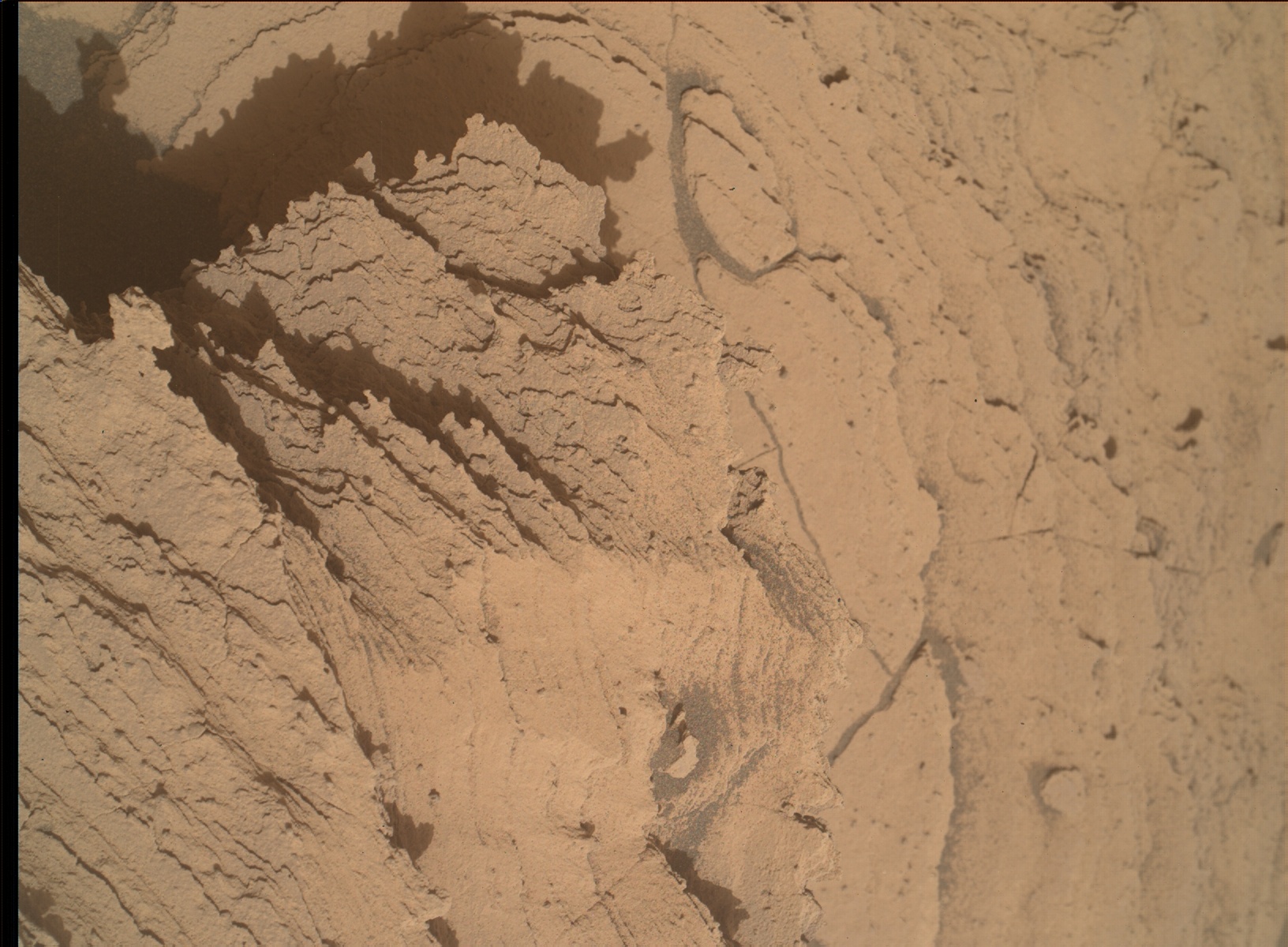3 min read

Earth Planning Date: Wednesday, July 12, 2023
A blue hue inches over the horizon illuminating a sea of rocks scattered across the landscape like the scales of a fish. Among the sea, alone in the vastness, a rover sleeps. The time is now 9:25, in a "time zone" defined for itself. The waking rover receives instructions from a tiny speck of light, far away and slowly creeping towards the other side of the sun. They read as follows (translated to English from interplanetary robot):
Tosol is sol 3887. Warm the Remote Sensing Mast, arm, Mastcam, Navcam, and Front Hazcam. Unstow the arm and find the surface of the target "Sounion" with APXS. Brush the surface of the rock and place APXS. Wait 20 minutes. Image the brush with Mastcam. Follow with images of Sounion, "Paros," "Kukenan," and "Lefki." Complete a long-distance mosaic with the ChemCam RMI and further conduct a 5-point LIBS analysis of Lefki. Acquire four MAHLI images of Sounion. Stow the arm. Complete a ~15 m drive towards the crater cluster imaging stop. Now late afternoon, nap until the following morning, waking periodically to relay what you've done and learned to your usual pen pals orbiting overhead. It is now sol 3888. Your day will focus on a ChemCam passive sky. After resting much of the day, you will be busy throughout the night, closely monitoring the atmosphere with APXS to acquire complementary data for the earlier passive sky experiment.
Instructions in hand, Curiosity gets to work, forging ahead with another two-sols worth of instructions from its operations team, including a planned drive that should bring the rover's odometer north of 30,300 m. Its contact science target in the plan, Sounion, is named after a region in Greece, home to the Temple of Poseidon. I'm reminded of the visual similarities between the terrain surrounding Curiosity, such as the image of today's blog, and a vast body of water, extending as far as the eye can see - as one may observe from Cape Sounion. Whether pondering the vastness of an ocean around 400 BC, or the geologic and climate history of a neighbouring planet in present day, curiosity drives us to explore and learn. When Curiosity wakes on sol 3889, there'll be three more sols of instructions to complete as it bravely continues to explore the vastness, now on the flanks of Gale crater's Mount Sharp, and teach us more about the history and evolution of the planet it now calls home.
Written by Scott VanBommel, Planetary Scientist at Washington University







